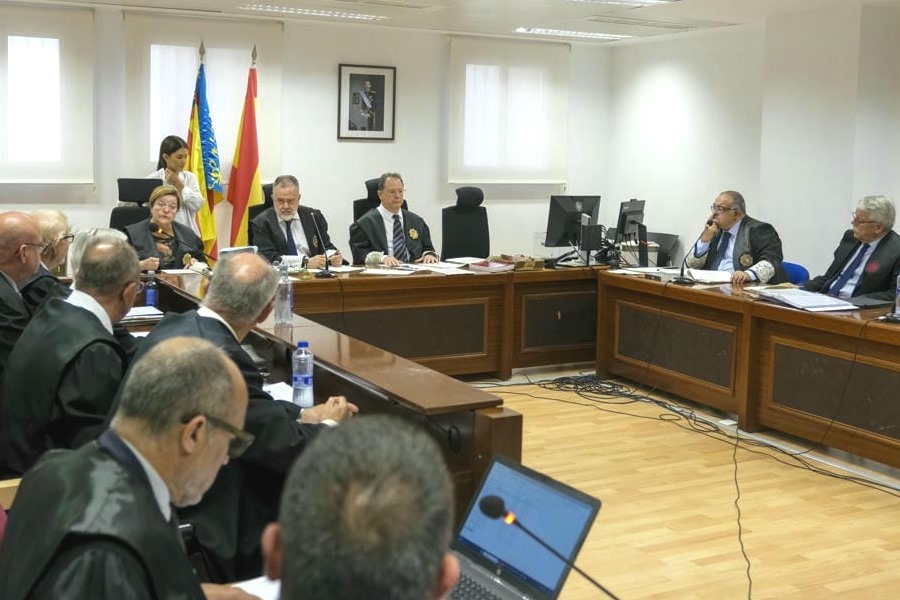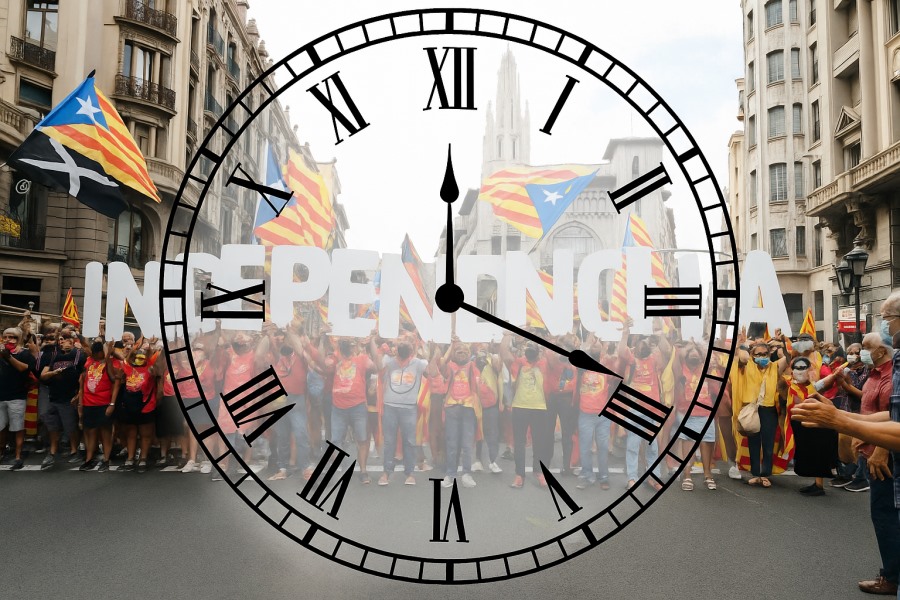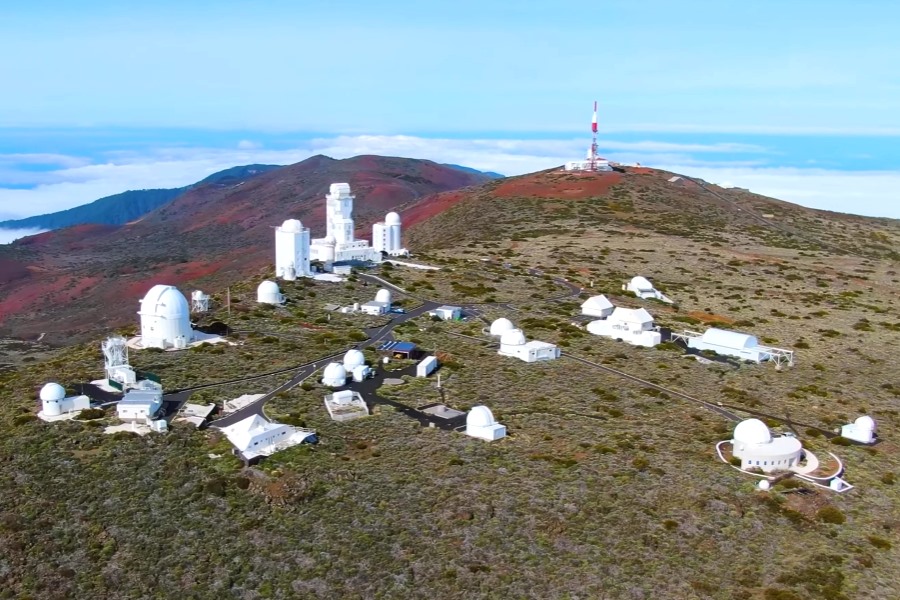
The obvious difficulty for drivers is how to calculate or estimate seventy metres from the car in front. Without painted chevrons or clear markers on the road, most drivers will not know how far that is in practice. The recommended method is to use the two-second rule: pick a fixed object on the roadside and ensure at least two seconds pass before you reach it after the car in front. In wet conditions or poor visibility, it’s best that you extend this ‘safe’ distance to three or four seconds. On certain stretches of motorway, road authorities may add distance markers on the tarmac to help you. Adaptive cruise control, fitted in some newer cars, can also help to maintain the distance, but with the average vehicle age in Spain at around fifteen years, many cars lack this system.
Fines will not apply everywhere. The rollout of the S991f sign and associated radars is limited to motorways and dual carriageways, particularly on stretches where accidents from tailgating are frequent. The DGT has not yet explained how the distance will be measured, and leave open the possibility of cameras, pavement sensors, or radar technology. There is also speculation about artificial intelligence being used to analyse each situation and exclude unavoidable manoeuvres, such as when another car cuts in front of you suddenly, and reduces the following distance between yourself and the vehicle in front.

That scenario remains one of the most debated points. Drivers argue it is unfair to be fined if another vehicle abruptly enters their lane and reduces the safe gap. The DGT has not clarified how enforcement will deal with those moments. If you receive a sanction, it is possible to appeal, as with any other fine, however success will depend on the evidence presented by the authorities, unless you have your own dashcam camera and footage to support your case. Foreign drivers also need to pay attention: while they can be fined, the loss of licence points only applies to Spanish licences, though penalties can be registered if the driver later exchanges a foreign licence for a Spanish one.
The reason for the new measure is clear. Statistics show that rear-end collisions are among the top causes of accidents on Spanish motorways. At 90 km/h a car needs about seventy metres to stop, and at 100 km/h around eighty four, however this still excludes the reaction time the person following needs before they actually step on the brake pedal. In rain or on wet tarmac surfaces, that stopping distance can rise by up to seventy percent. With the enforced minimum following distances, the DGT hopes to cut accident rates significantly.
The signs form part of a wider reform of Spain’s road system under Royal Decree 465/2025. Gradually, the S991f will become familiar, both to Spanish motorists and to the many foreign drivers who use the country’s road network each year. The success of this new system will depend not only on fines and radars, or on how quickly drivers in Spain can learn to judge safe distances in real conditions, but also on the use of common sense, a quality in Spain that is often harder to enforce or teach than any rule.






















